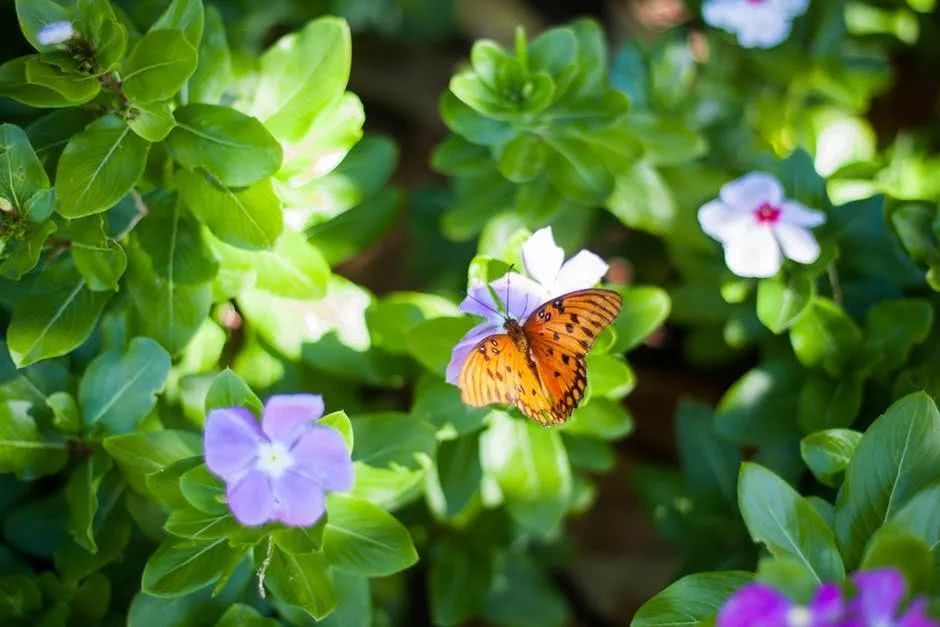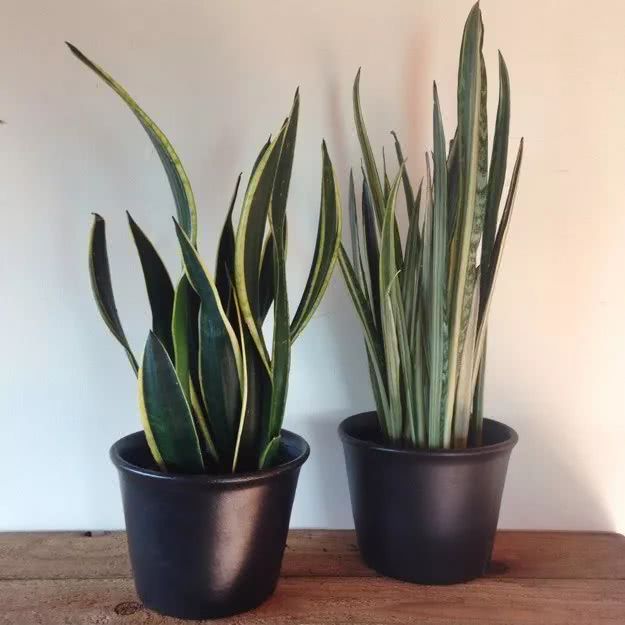10 things to pay attention to when preserving mint, thyme and other herbs

It is much easier to maintain vanilla plants than to grow flowers, just like vegetables, how much they need light, grow well on half-shaded balconies and windowsills, and are suitable for pot conservation. Their leaves and branches can also be used for cooking and can also give off a fragrant smell.
Below, some novice gardeners will be introduced to the maintenance of vanilla plants need to pay attention to.
1. Prepare loose and fertile soil
If you want vanilla plants to grow well, choose humus soil that is loose, fertile and well drained. You can use compost soil, peat soil and perlite. You can add river sand appropriately. You can add some mature manure at the bottom of the basin. This can continue to promote the growth of vanilla plants.
It is best to choose slightly acidic fertile soil. Vanilla plants cultivated in pots generally add some slightly acidic compost soil to the top of the flowerpot every year.
two。 Sowing and reproduction
The easiest and most effective way to get more vanilla plants is to buy some vanilla seeds to cultivate.
A small packet of peppermint seeds can be planted in a large area, ensuring the success of cultivation.
For some vanilla plants that are difficult to sow and reproduce, you can buy seedlings of some plants directly, or propagate them with branches, such as thyme or rosemary, whose seed germination rate is relatively low and it is difficult to cultivate seedlings successfully.
The vanilla seeds bought should be sown as soon as possible. The longer the seeds are put, the lower the germination rate will be.
3. Tolerant varieties of vanilla plants
For beginners, it's best to start with vanilla that is easier to maintain, such as basil, mint and thyme. They are very easy to maintain one of the vanilla plants, strong ability to adapt to the environment, the success rate of sowing and reproduction is also high, beginners can raise them well.
4. Proper watering
Must develop the habit of regular watering, avoid excessive frequent watering, the soil can not be long-term wet, let alone stagnant water.
Watering time should also be paid attention to, generally waiting for 3 to 5 centimeters of soil under the soil surface are dry, and then watering, each watering should be completely watered until water drips out of the drainage hole at the bottom of the basin.
If the indoor air is relatively dry, you can spray appropriate foggy water every day to maintain a certain degree of air humidity, but the leaves can not accumulate water for a long time, otherwise it is easy to cause leaf rot.
5. Proper lighting
Vanilla plants require little light, but that doesn't mean they can be kept in complete darkness on a windowsill or balcony with proper light, preferably facing south.
If there is no sunlight indoors, it should be well placed under the brightly lit fluorescent lights to ensure that there are more than ten hours of light every day, so as to maintain growth.
The maintenance position should also be ventilated and transparent, so as to avoid being kept in a closed space, such as mint, which has a strong ability to adapt to the environment, and is particularly vulnerable to fungal diseases in dry and unventilated rooms.
6. Regular pruning
If you want vanilla plants to grow vigorously, you must pay attention to pruning, such as basil and mint, which are the most common. If you want their branches and leaves to grow thickly, you must prune them regularly.
Once you find that the leaves are diseased or withered, they must be cut off in time, and do not leave fallen leaves in the pot soil.
If it is found that the branches grow longer, it is necessary to pinch the top properly. After the twigs at the top of the leaves are cut off, they can promote continuous branching, but the cut trimmed should avoid water, otherwise it is easy to get infected with germs.
7. Cuttage propagation
If you want to better reproduce vanilla plants, you must learn to propagate with their branches. Simple ones include mint, thyme, basil, oregano and rosemary. They are all very easy to grow. The branches are cut off and the leaves at the bottom are removed. Cutting in water or soil can quickly take root and sprout.
8. Learn about different varieties
Be sure to understand specific varieties before growing vanilla plants, such as the most common mint, which has some edible and inedible varieties. Be sure to see them before you buy them. They also have different tastes and different fragrances.
9. Avoid excessive spread
If your vanilla plants are planted in the yard, avoid their excessive spread, preferably in flowerpots or separated by some fences. For easy-to-spread mint or thyme, you need to prune regularly to cut off all the overgrown branches and leaves.
10. Pick in time
The longer you take care of vanilla plants, the more experience you will have, and you will find that the balcony yard will be flooded with large tracts of vanilla plants, especially mint, basil and thyme.
The best way to deal with these exuberant herbs is to pick them in time and eat them, which are suitable for making ingredients, teas and salads.
- Prev

Ten particularly creative backyard flower beds, abandoned bikes and cars, all used.
If you have a small yard and want to decorate some fresh and beautiful plants and flowers, but don't want to look too ordinary, then you can use some creative plant landscaping methods.
- Next

Tiger Pilan, which can purify the air in the bedroom, can be left unwatered for a month or two.
If you want to grow a plant in your bedroom that releases oxygen and absorbs carbon dioxide at night, Tiger Pilan is a good choice. It is a common green plant that can purify most of the harmful gases in the room.
Related
- Wuhan Hospital Iron Tree Blooming Result Was Instantly Frightened by the Gardener Master
- Which variety of camellia is the most fragrant and best? Which one do you like best?
- What is the small blue coat, the breeding methods and matters needing attention of the succulent plant
- Dormancy time and maintenance management of succulent plants during dormancy
- Minas succulent how to raise, Minas succulent plant pictures
- What are the varieties of winter succulent plants
- How to raise succulent plants in twelve rolls? let's take a look at some experience of breeding twelve rolls.
- Attention should be paid to water control for succulent plants during dormant period (winter and summer)
- Watering experience of twelve rolls of succulent plants
- Techniques for fertilizing succulent plants. An article will let you know how to fertilize succulent plants.

